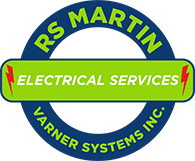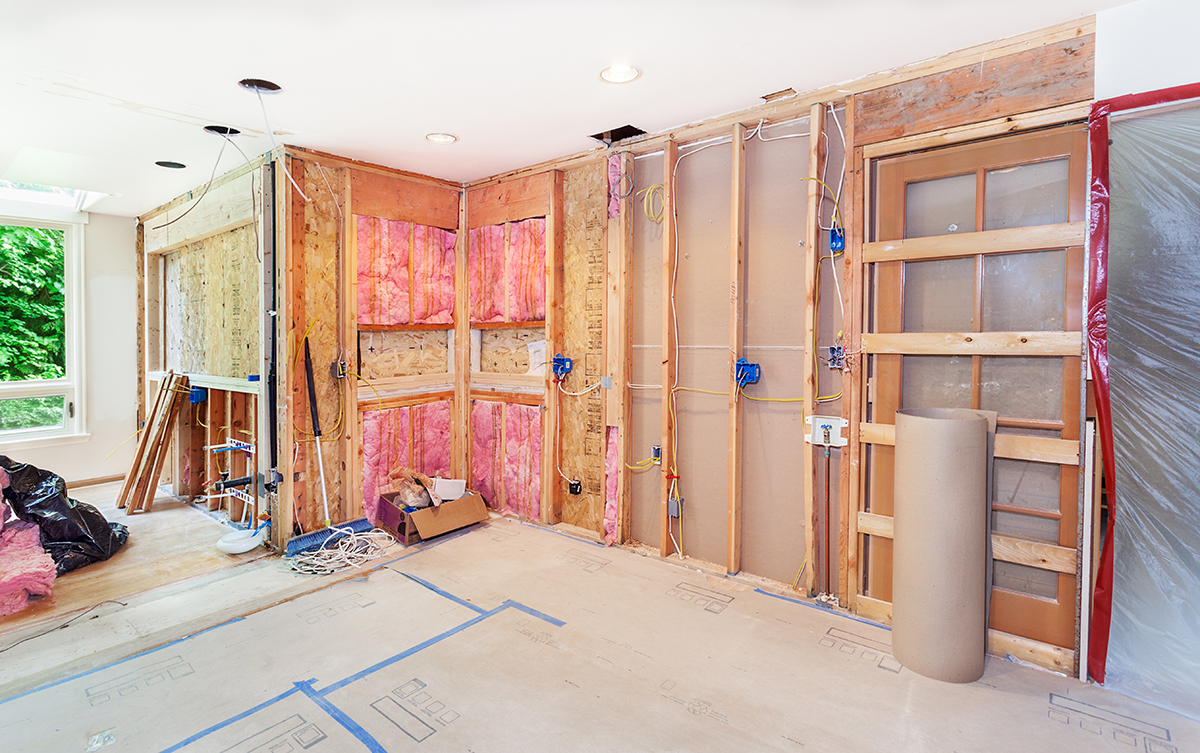A Comprehensive Guide to Electrical Wiring for Home Additions and Remodels
When it comes to home additions or remodels, one of the most critical aspects to consider is the electrical wiring. Electrical wiring for home additions, remodels, or any other project is a huge undertaking because the electrical system should be efficient and comply with safety standards. Whether you’re planning to add a new room or have a significant renovation, working with someone who understands the nitty-gritty of electrical wiring can make a world of difference. This article provides essential insights into the process, helping homeowners make informed decisions about their electrical contractors.
Should I DIY My Home Electrical Work?
While DIY projects can be fun and rewarding, electrical work is one area where it’s often best to call in a professional. The primary reason for this is safety. Electrical work can be dangerous if not done correctly, with risks of accidents such as electrical fires or shocks. Additionally, local regulations and codes related to electrical installations must be adhered to, and without professional training, it’s easy to violate these standards unintentionally.
Legal concerns aside, hiring a professional electrician offers peace of mind. These trained experts have undergone rigorous training and certification to perform electrical work safely and effectively. While initial costs may seem higher, hiring a professional can prevent costly repairs due to incorrect or unsafe DIY electrical work. The risks associated with DIY electrical work far outweigh the potential benefits, making hiring a professional the safer, more reliable choice for electrical projects of any size.
What Are the Different Types of Electrical Wire In My Home?
Electrical wiring is more complex than it might seem at first glance. Each wire type has a different purpose and is suited to specific applications. Understanding these can help you appreciate the intricacies of your home’s electrical system. Here’s a quick overview of the different types of wires:
- NM Cable: Non-metallic (NM) Cable, also known as Romex, is commonly used for interior wiring. It includes a live, neutral, and ground wire, all wrapped in a flexible plastic sheath.
- UF Cable: Underground Feeder (UF) Cable is similar to NM but has a thicker, more durable sheath that makes it suitable for outdoor or underground use.
- THHN/THWN Wire: Thermoplastic High Heat-resistant Nylon-coated (THHN) or Thermoplastic Heat- and Water-resistant Nylon-coated (THWN) Wire is typically found in conduit and often used for larger appliances due to its high current capacity.
- Low Voltage Wire: This type of wire is used for doorbells, thermostats, landscape lighting, and other low-voltage applications.
- Coaxial Cable: Coaxial Cable transmits radio frequency signals, such as cable television or internet connections.
- Phone and Data Wire: As the name suggests, this wire type is used for telephone lines and data transmission in home networking systems.
By familiarizing yourself with these wire types, you’ll be better equipped to understand the complexity of your home’s electrical system. However, remember that actual electrical work should be left to professionals to ensure safety and compliance with local codes.
Understanding the Basics of Electrical Circuits
Even though you shouldn’t do DIY electrical work, understanding more about the process can make you a better-informed homeowner and help you choose the right electrical professional. The first step in knowing more about any electrical project is understanding the basics of electrical circuits. Your home’s electrical system is a complex network of wires and cables, each designed to carry an electrical current to power your appliances. These circuits start at the main service panel, also known as the breaker box or fuse box. A circuit breaker protects each circuit, which trips to prevent overheating if there’s too much current.
In standard household wiring, you will find different types of wires. The black wires, also known as hot wires, carry the electrical current from the breaker box to the electrical outlets. The white or neutral wires complete the circuit by returning the current to the electrical service panel. Lastly, a bare copper or green wire often acts as the ground wire, offering a safe path for electrical current in case of an electrical fault.
Your electrician will be able to tell you more about your home’s electrical system and should be able to help you understand where issues might arise if you aren’t properly caring for your electrical system. For example, you should never plug a major appliance into an extension cord. Plugging a large appliance into an extension cord can overload it and cause damage to the cord or the appliance because of incompatible electrical current distribution through the cord. House fires are also a concern if you abuse extension cords.
Choosing the Right Wiring Materials
When it comes to choosing materials for your electrical wiring, there are several factors to consider. The wire size, or gauge, impacts the amperage rating — how much electrical current the wire can safely carry. For most interior wiring, a 12 or 14-gauge wire is sufficient. However, for larger appliances, you may need a higher gauge wire.
Another critical factor is the type of wire. NM cable, commonly covered in white or yellow outer sheathing, is typically used for interior wiring. For areas exposed to moisture, you might need a wire with thicker insulation or a special type of wire like a coaxial cable for video signals or speaker wire for audio systems. When working with wiring, it’s essential to use the correct tools. Needle nose pliers, wire strippers, and electrical tape are some of the essentials.
Hiring the Right Professionals
While some homeowners may feel they can do their own electrical work, hiring a licensed electrician is the safest option, no matter the size of the project. Electrical work can be dangerous if not done correctly, and a professional electrician is trained to handle everything from rewiring a house to installing a new electrical panel.
When choosing an electrician, look for those familiar with the National Electrical Code and local regulations. They should also have experience with the type of project you’re planning, whether installing a new light fixture, adding landscape or security lighting, or upgrading your home’s electrical system for a smart home wiring integration or an electric vehicle charging station.
Get the Electrical Wiring for Home Improvements You Need from RS Martin!
Upgrading or adding to your home’s electrical system requires careful planning and understanding of electrical wiring. With the right materials and a trustworthy professional, you can ensure that your home’s electrical wiring meets the highest safety and efficiency standards. Whether you’re rewiring a house or just adding a new light switch, every detail matters in ensuring a successful home wiring project. Get in touch with us today at RS Martin to get the electrical wiring for home improvement projects you deserve!


 24 Hour
24 Hour